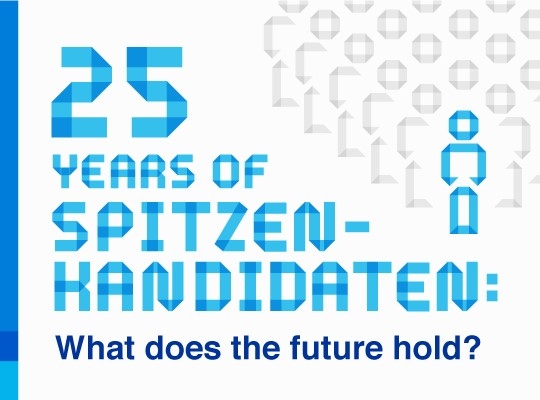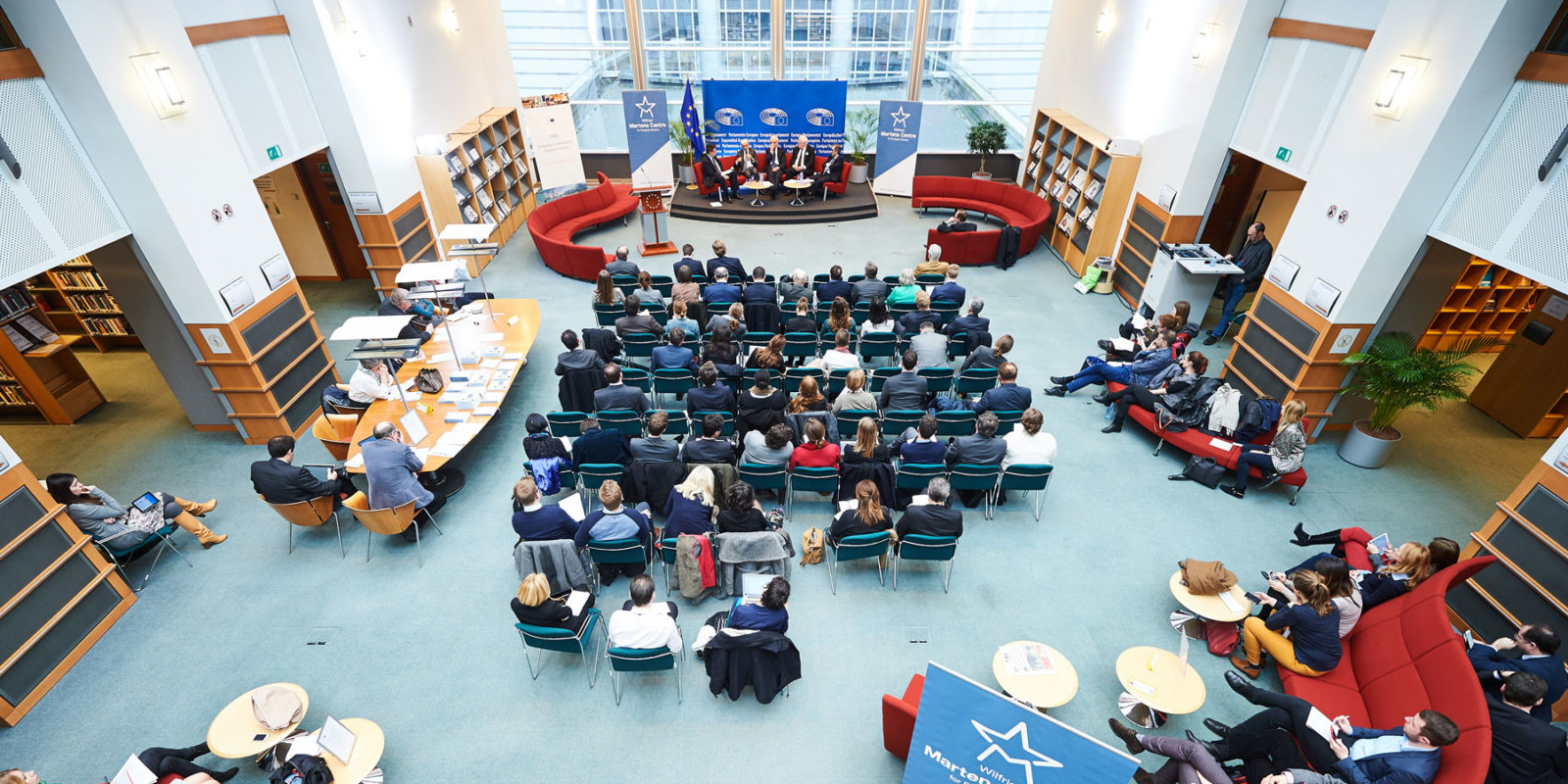25 years of Spitzenkandidaten: what does the future hold?
In 2014, Jean-Claude Juncker became the first European Commission’s President to be elected under the new Spitzenkandidaten system. Thanks to it, citizens could directly influence the choice of the Commission’s President by voting for the European party whose candidate they wanted to see at the helm of the EU executive. Five years on, four European political parties have already chosen their Spitzenkandidaten, but the system has not been immune from criticism. Martens Centre has the pleasure to invite you to a public event devoted to the future of the Spitzenkandidaten system and of EU democracy more broadly.
The occasion for this discussion is offered by the publication of a new Martens Centre brief by Professor Steven Van Hecke of KU Leuven which presents three claims. First, this system is the logical outcome of a series of steps taken since the Maastricht Treaty. Second, the system implicitly promotes the parliamentarisation of the EU architecture. Third the current procedure must be understood as an intermediate step on the road to the direct election of the president of the EU. This, however, requires its success and consolidation in 2019.
Registration starts at 12:15 and a light lunch will be served before the panel debate.
05 March 2019
Belgium, Brussels, 1000, Stanhope Hotel, Rue du Commerce 9 13:00 14:30





